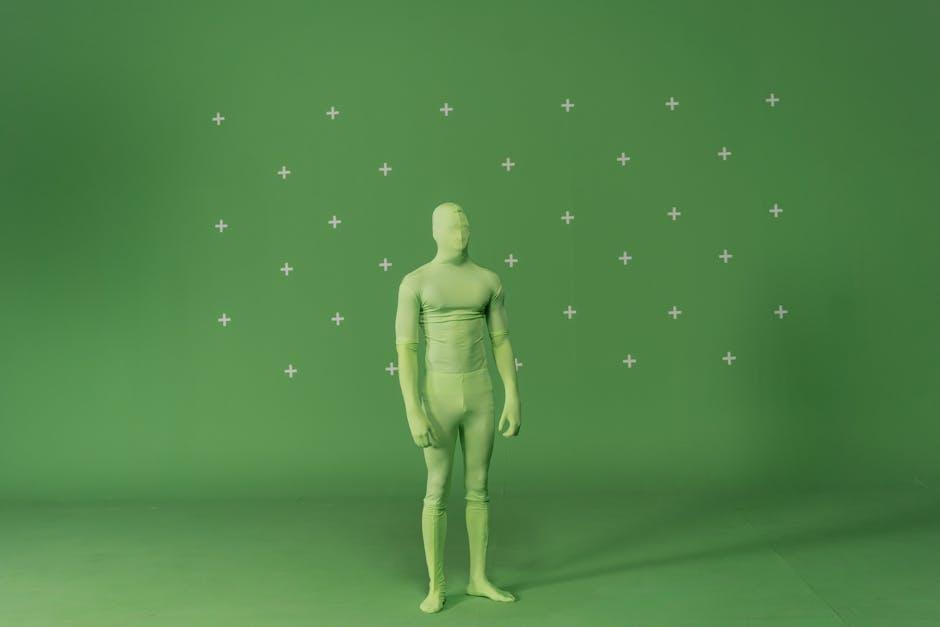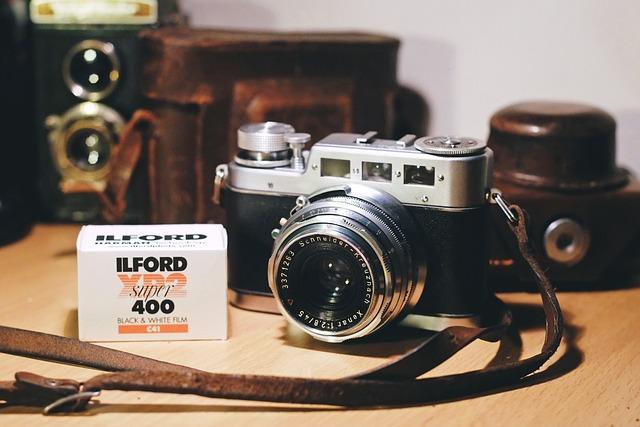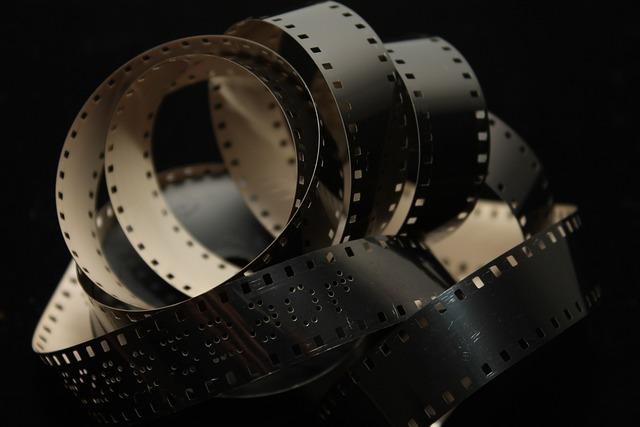In the ever-evolving landscape of modern cinema, the shadow of classic films looms large, often hailed as the bedrock of contemporary storytelling and cinematic techniques. Yet, as we dissect the layers of today’s filmmaking, a critical question arises: are these iconic masterpieces truly as influential as we believe? This analysis delves into the intricate web of cinematic evolution, examining whether the revered classics genuinely shape today’s narratives, styles, and innovations, or if their influence is overstated. By exploring the enduring legacy and perceived impact of these films, we aim to uncover the nuanced relationship between the golden age of cinema and the dynamic world of modern filmmaking.
Understanding Classic Films Legacy on Modern Storytelling
The enduring influence of classic films on contemporary storytelling is evident in various facets of modern cinema. These timeless works have not only set foundational techniques but have also established narrative structures that continue to shape today’s films. Consider the impact of film noir; its distinctive use of chiaroscuro lighting and morally complex characters can be seen echoing in today’s gritty thrillers. Moreover, directors often draw inspiration from the narrative innovation of classics like “Citizen Kane,” employing non-linear storytelling and deep-focus cinematography to enhance their own creative expression.
- Character Archetypes: From the heroic journey in “Casablanca” to the anti-heroes in “The Godfather,” these archetypes remain prevalent.
- Visual Aesthetics: The influence of German Expressionism is evident in the stylized visuals of many modern films.
- Genre Foundations: Classic westerns and musicals have set the templates for genre conventions still used today.
Furthermore, the thematic depth of classic cinema often serves as a blueprint for contemporary filmmakers aiming to explore complex social and psychological issues. The legacy of these films lies not just in their artistic achievements but in their ability to adapt and resonate with new generations, proving that their influence is both profound and enduring.

Analyzing Cinematic Techniques Borrowed from Timeless Masterpieces
Classic films have left an indelible mark on modern cinema, with directors often borrowing from the rich tapestry of techniques that have stood the test of time. Cinematic techniques such as the long take, pioneered by Orson Welles in Citizen Kane, have been reimagined by contemporary filmmakers like Alfonso Cuarón in Gravity. The meticulous use of lighting and shadows, reminiscent of the German Expressionist movement, continues to influence modern thrillers, creating an atmosphere of suspense and psychological depth.
Moreover, directors often draw inspiration from the narrative structures of classic films. Consider the nonlinear storytelling found in Quentin Tarantino’s Pulp Fiction, which echoes the fragmented timelines of Akira Kurosawa’s Rashomon. Elements such as these have transcended their origins, becoming staples in the toolkit of modern auteurs. By embracing these timeless techniques, today’s filmmakers not only pay homage to their predecessors but also innovate, ensuring that the legacy of classic cinema continues to shape the future of the medium.
- Long Takes: Used for immersive storytelling.
- Lighting and Shadows: Create mood and depth.
- Nonlinear Storytelling: Engages and challenges the audience.

Exploring the Evolution of Genre Through Classic Film Influence
Classic films have left an indelible mark on modern cinema, serving as both inspiration and a benchmark for storytelling and technique. Directors and screenwriters often draw from the narrative structures and thematic depth of classics, embedding timeless motifs into contemporary plots. Consider the enduring influence of Hitchcock’s suspenseful storytelling or the emotional complexity of Bergman’s characters, which continue to resonate with audiences today. These elements are not merely echoed but reimagined, creating a bridge between the old and the new.
- Visual Style: The chiaroscuro lighting of film noir has inspired modern cinematographers, shaping the aesthetic of genres like neo-noir and thrillers.
- Character Archetypes: The archetypal hero’s journey, popularized by films such as “Casablanca,” remains a staple in blockbuster narratives.
- Innovative Techniques: Classics pioneered techniques like montage and deep focus, now standard in diverse genres from action to indie films.
While some might argue that the influence of classic films is overstated, the enduring presence of these elements in modern cinema suggests otherwise. The evolution of genre is a testament to the foundational role that classic films continue to play, shaping the creative landscapes of today’s filmmakers.

Recommendations for Incorporating Classic Film Elements in Contemporary Cinema
Incorporating elements from classic films into contemporary cinema can enrich storytelling and create a bridge between eras. To achieve this effectively, filmmakers can focus on several key aspects:
- Visual Style: Emulate the iconic cinematography techniques of classics, such as chiaroscuro lighting or the use of deep focus, to create a visually compelling narrative.
- Storytelling Techniques: Utilize traditional narrative structures, such as the three-act structure or character archetypes, to provide a timeless framework for modern stories.
- Dialogue and Language: Integrate the sharp, witty dialogue reminiscent of classic screenplays, offering a blend of sophistication and humor that resonates with audiences today.
By selectively incorporating these elements, filmmakers can craft works that honor the past while innovating for the future, ensuring that the influence of classic cinema remains vibrant and relevant.

